
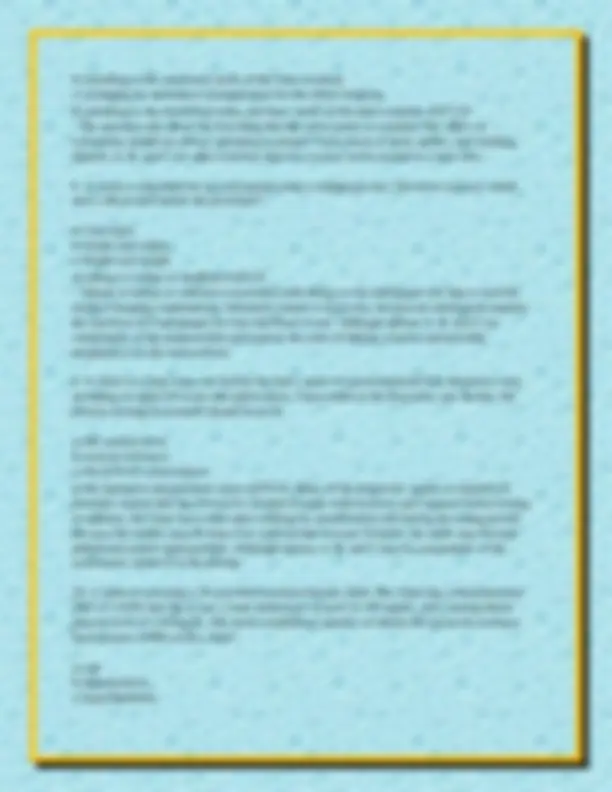
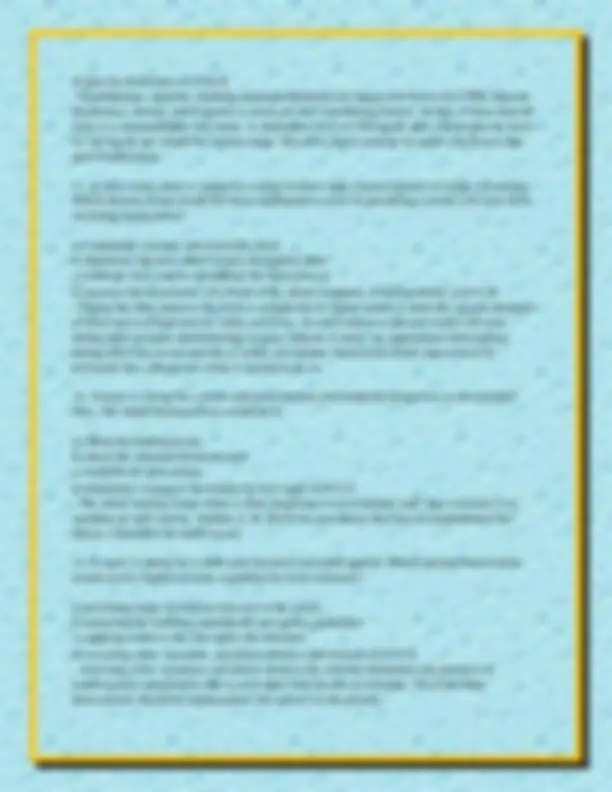
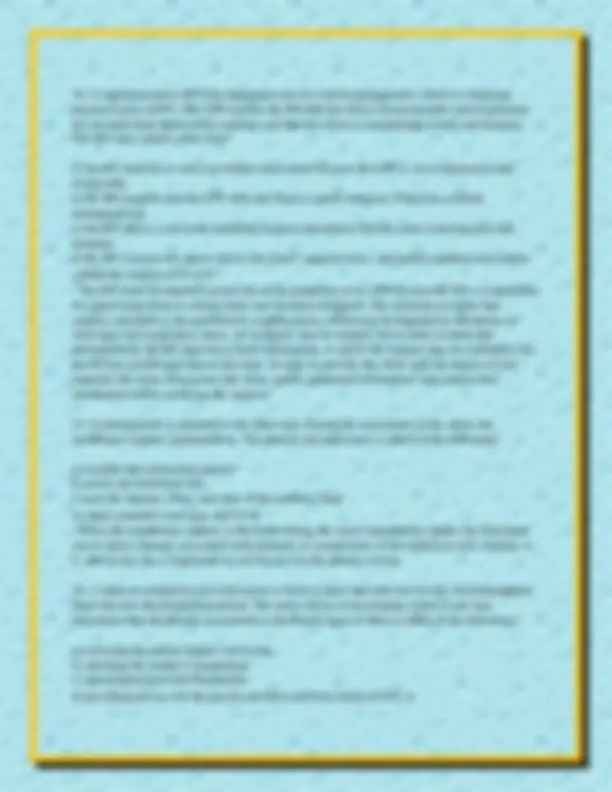
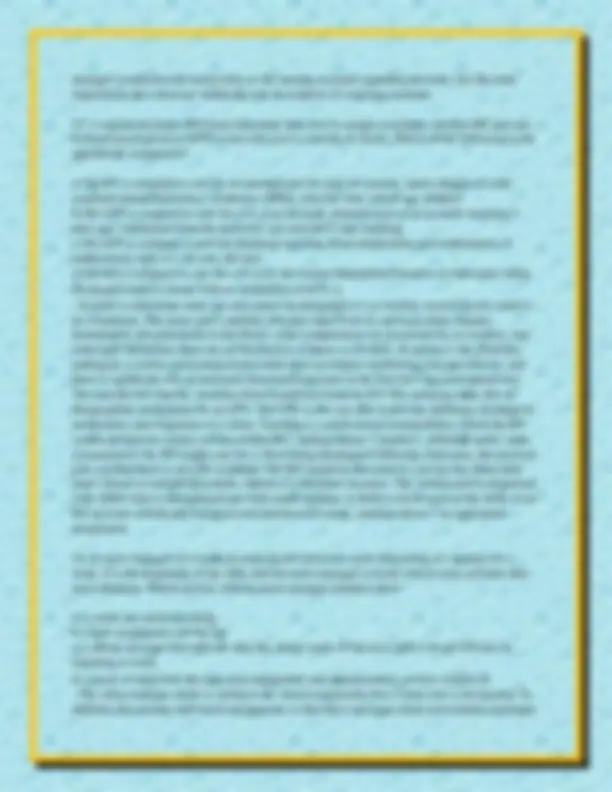
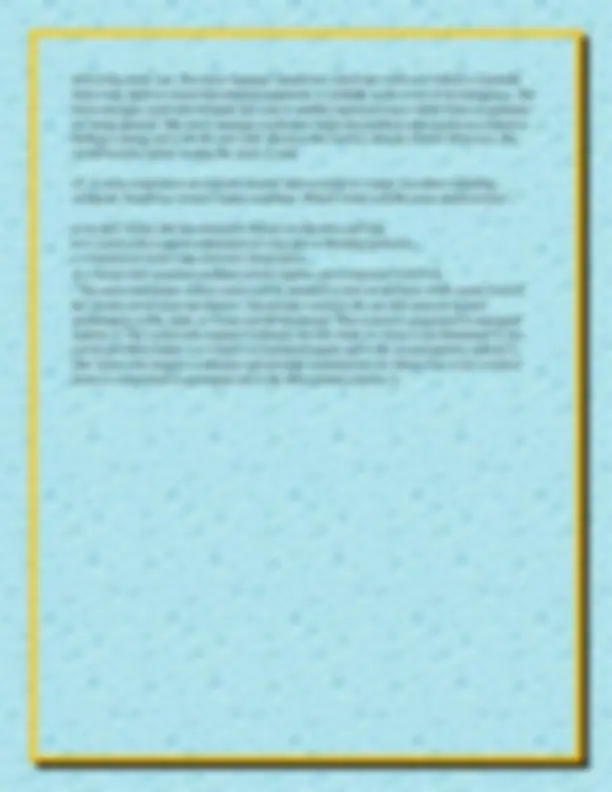


Study with the several resources on Docsity

Earn points by helping other students or get them with a premium plan


Prepare for your exams
Study with the several resources on Docsity

Earn points to download
Earn points by helping other students or get them with a premium plan
Community
Ask the community for help and clear up your study doubts
Discover the best universities in your country according to Docsity users
Free resources
Download our free guides on studying techniques, anxiety management strategies, and thesis advice from Docsity tutors
25Qw/exp Delegation and Prioritization - NCLEX Questions
Typology: Exams
1 / 9

This page cannot be seen from the preview
Don't miss anything!






25Qw/exp Delegation and Prioritization - NCLEX Questions
a) obtain vital signs b) ask the client about the precipitating events c) complete an abdominal physical assessment d) insert a nasogastric (NG) tube and Hematest the emesis ✔✔4) A
d) glucose intolerance ✔✔10) B
manager would provide instructions to the nursing assistant regarding the tasks, but the tasks required for this client are within the role description of a nursing assistant.